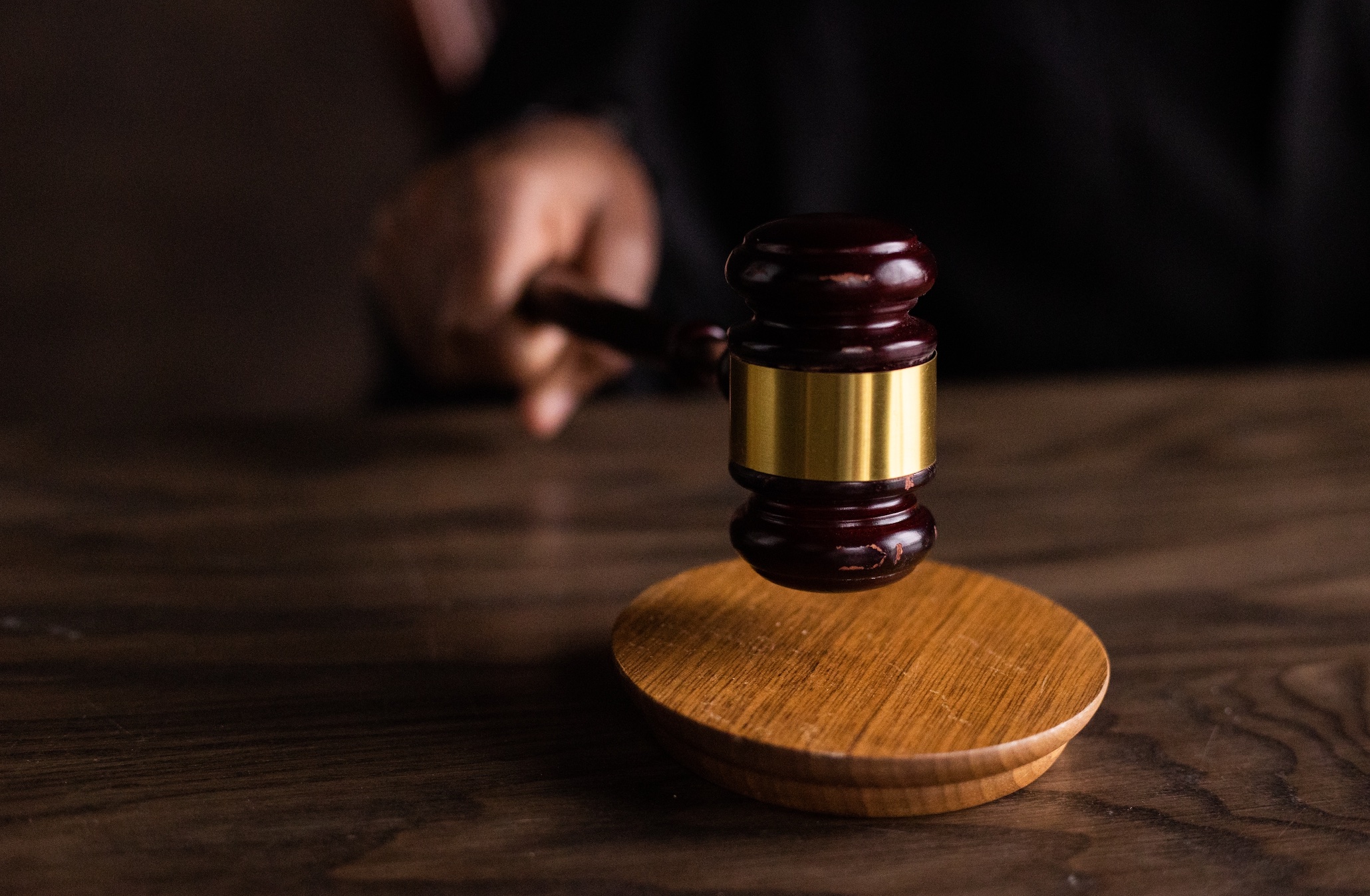In the courtroom ring, personal injury litigation representation seeks to unmask the truth and secure justice for those who have suffered harm.
When accidents happen, they can have profound and lasting effects on individuals’ lives. In such cases, the legal system provides recourse through personal injury litigation representation. This legal process allows individuals who have suffered harm due to the negligence or wrongdoing of others to seek compensation for their losses. In the courtroom ring, personal injury litigation unfolds, unmasking the intricate procedures, challenges, and nuances involved in seeking justice and restitution. This article delves into the key aspects of personal injury litigation, shedding light on the process and the roles of the parties involved.
The Anatomy of Personal Injury Litigation
Personal injury litigation representation typically involves a series of stages, each essential in building a solid case. While specific procedures may vary depending on the jurisdiction and the nature of the case, the following elements commonly constitute the anatomy of personal injury litigation:
1. Pre-Filing Stage
The journey of personal injury litigation begins with the injured party seeking legal advice and representation. At this stage, the injured individual consults with a personal injury attorney who specializes in the relevant field. The attorney will assess the case’s merits and advise on the potential legal remedies available.
2. Filing the Complaint
Once the injured party decides to proceed with the case, the attorney drafts a formal legal complaint outlining the allegations against the defendant. This complaint initiates the lawsuit, and the defendant must respond within a designated period.
3. Discovery
The discovery process is a crucial phase where both parties exchange relevant information and evidence related to the case. This phase often involves interrogatories, depositions, and requests for documents, enabling each side to understand the other’s arguments and build a stronger case.
4. Pre-Trial Motions
Before the trial begins, both parties may file pre-trial motions to resolve various legal issues. These motions could seek to exclude evidence, request summary judgment, or clarify specific legal points. The court will hear and decide on these motions, shaping the trial’s trajectory.
5. The Trial
The trial itself is the heart of personal injury litigation representation. Here, both sides present their arguments, evidence, and witnesses before a judge or jury. The attorneys present compelling narratives to persuade the fact-finder of their version of events and who bears liability for the injury.
6. Verdict and Judgment

Following the trial, the fact-finder deliberates and issues a verdict. If the plaintiff prevails, the court awards a judgment in their favor, outlining the damages the defendant must pay as compensation for the injury.
The Challenges of Personal Injury Litigation Representation
While personal injury litigation serves as a vital avenue for seeking justice, it comes with its own set of challenges for all parties involved.
1. Burden of Proof
In personal injury cases, the burden of proof rests on the plaintiff, who must demonstrate the defendant’s negligence or wrongful conduct led to the injury. Proving fault and causation can be arduous, especially when dealing with complex accidents or medical conditions.
2. Insurance Company Tactics
In many personal injury cases, defendants are often represented by insurance companies with substantial resources. These companies may employ various tactics to minimize their liability, delay proceedings, or attempt to shift blame onto the plaintiff.
3. Comparative Negligence
In some jurisdictions, the concept of comparative negligence applies, meaning the injured party’s compensation may be reduced based on their own degree of fault in the accident. This adds another layer of complexity to the case and requires careful examination of the evidence.
4. Emotional Toll
Personal injury litigation can be emotionally taxing for plaintiffs, as they may have to relive traumatic events during depositions and the trial. The process may also be financially and emotionally draining, as cases can extend for prolonged periods.
Conclusion
In the courtroom ring, personal injury litigation representation seeks to unmask the truth and secure justice for those who have suffered harm. By understanding the anatomy of personal injury litigation and being aware of the challenges it poses, injured individuals can navigate the legal system more effectively. As society continues to value accountability and safety, personal injury litigation will remain a crucial avenue for seeking restitution and holding wrongdoers accountable.


Join the conversation!